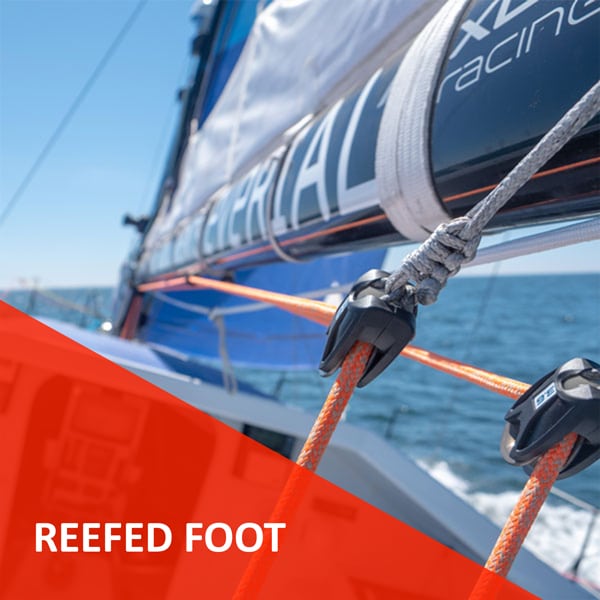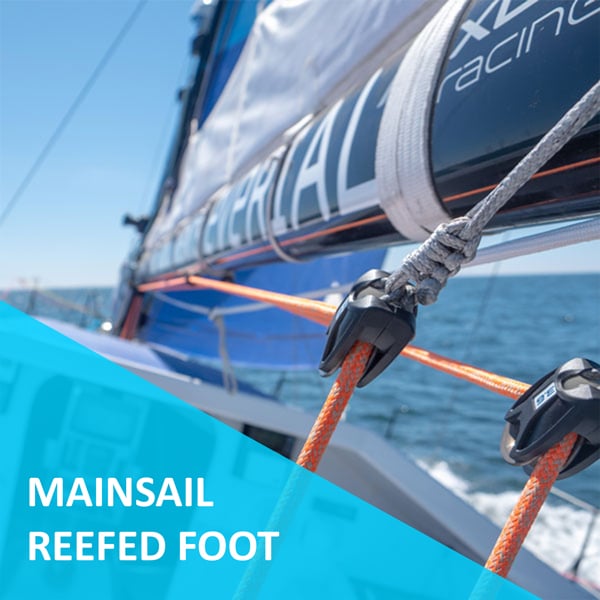Showing all 6 results
The choice of the right rope for our reefing lines ready to sail is crucial for optimal performance at sea. The most commonly used ropes for these applications are polyester and Dyneema ropes. Polyester ropes are more affordable and resistant to UV, abrasion, and stretch. Dyneema ropes are more expensive, but offer higher tensile strength and low elongation, making them perfect for applications where performance is essential.
The construction of the rope is also important. Twisted ropes are ideal for general use, while braided ropes offer superior resistance to abrasion and stretch. For reefing lines, braided ropes are recommended for better wear resistance.
Breaking strength is another crucial factor to consider when purchasing a rope for reefing lines ready to sail. The breaking strength is the amount of weight a rope can bear before breaking. It is important to ensure that the chosen rope can support the weight of the load it is intended to bear.
Finally, the length and diameter of the rope will depend on the intended use and working load. It is important to measure the exact length of the rope you need and choose an appropriate diameter for optimal strength.
In summary, for optimal performance at sea, choose a braided polyester or Dyneema rope with high tensile strength and sufficient breaking strength for your use. Also, consider the length and diameter for efficient use of your rope.




